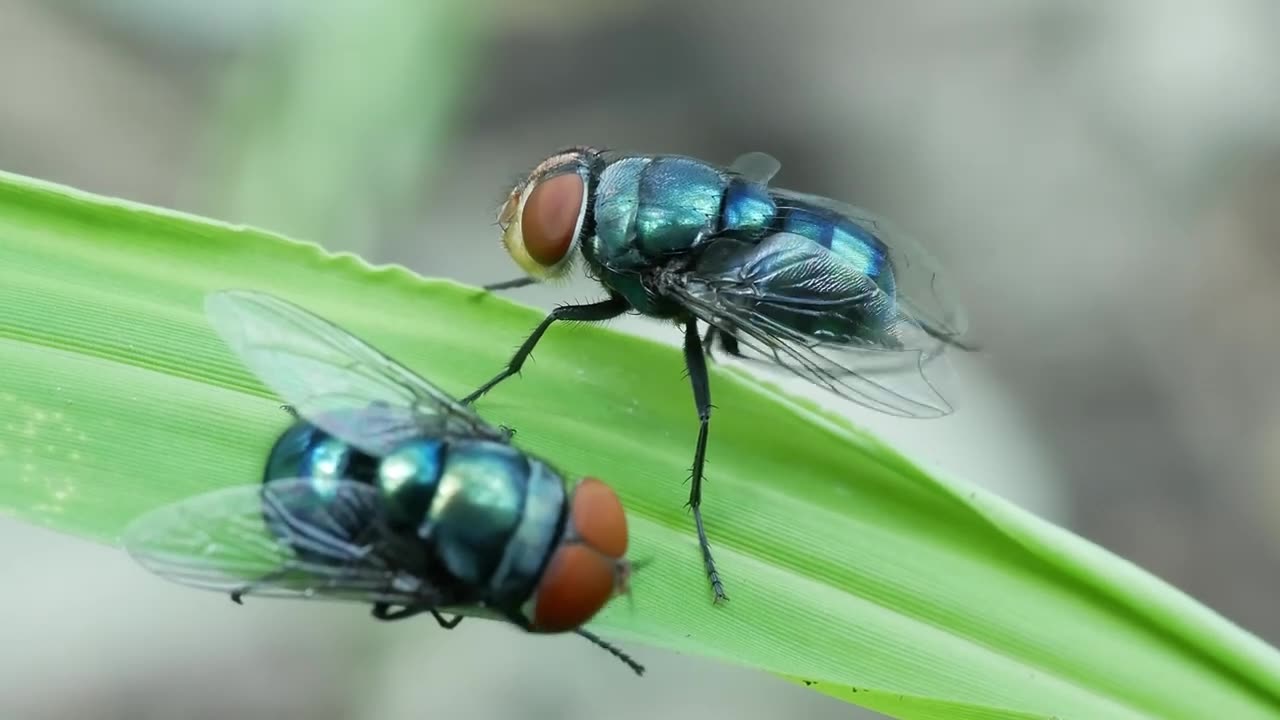Premium Only Content

Behavior of Insects & Small Animals in their Habitat Part 1
Insects and small animals exhibit a variety of unique behaviors in their respective habitats. Many insects, such as ants, bees, and termites, have complex social structures and exhibit cooperative behavior in their colonies. Ants, for example, have a division of labor where different ants perform different tasks such as foraging, caring for the young, and defending the colony.
Other insects, like butterflies and moths, display mating behavior that is specific to their species. For example, male butterflies of certain species engage in courtship rituals to attract females.
Small animals such as rodents, squirrels, and rabbits exhibit territorial behavior and mark their territory with scent markings. They also display parental care by building nests and burrows for their young.
Insects and small animals have adapted their behavior to survive in their respective habitats, and their unique behaviors play an important role in their survival and reproduction.
-
 36:22
36:22
Brad Owen Poker
6 hours agoGIGANTIC $17,000+ Pot In BOBBY’S ROOM! TRAPPING Top Pro w/FULL HOUSE!! Big Win! Poker Vlog Ep 326
30.8K -
 3:53
3:53
NAG Daily
23 hours agoRUMBLE RUNDOWN: DREAM HACK SPECIAL W/Greenman Reports
22.1K6 -
 1:28
1:28
Damon Imani
2 days agoThey Laughed at Trump’s Cognitive Test — Damon Made Them REGRET It!
32.4K11 -
 9:14
9:14
Freedom Frontline
1 day agoAdam Schiff PANICS As Eric Schmitt Exposes His Dirty Lies LIVE
21.4K35 -
 10:32
10:32
GBGunsRumble
1 day agoGBGuns Armory Ep 153 Adler Arms AD-9`
14.3K2 -
 35:53
35:53
Degenerate Plays
5 hours ago $0.54 earnedRuckus Randy And Repair Ronald (Socks On) - Call of Duty: Modern Warfare 2 (2009) : Part 7
9.25K1 -
 38:35
38:35
Stephen Gardner
1 day ago🔥What JUST leaked out of Congress. PROVES Trump RIGHT!!
102K141 -
 LIVE
LIVE
Total Horse Channel
17 hours ago2025 IRCHA Derby & Horse Show - November 2nd
53 watching -
 1:59:42
1:59:42
Game On!
1 day ago $45.32 earnedNFL Week 9 Wise Guy Roundtable BEST BETS!
147K15 -
 2:18:53
2:18:53
Badlands Media
1 day agoDevolution Power Hour Ep. 403: Brennan Exposed & The Intel War w/ Thomas Speciale
470K145